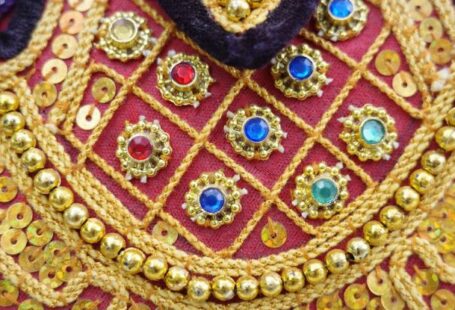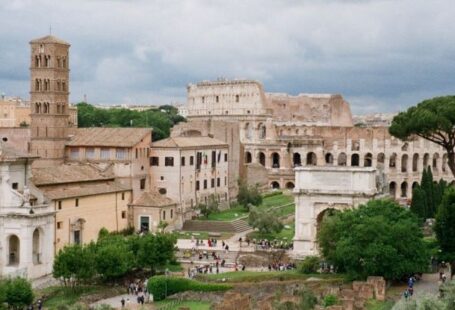The Circus Maximus: An Ancient Entertainment Marvel
Nestled in the heart of ancient Rome, the Circus Maximus stood as a testament to the grandeur and extravagance of Roman entertainment. This colossal venue, primarily used for chariot races and other spectacles, played a pivotal role in shaping the entertainment landscape of the time. Its influence extended far beyond the boundaries of the city, leaving a lasting impact on the cultural fabric of ancient society. Let’s delve into how the Circus Maximus influenced ancient entertainment and why it remains a significant historical landmark to this day.
The Grandeur of the Circus Maximus
Imagine a structure capable of accommodating over 150,000 spectators, with a track stretching nearly 600 meters in length. This was the Circus Maximus, the largest stadium in ancient Rome and a symbol of the city’s opulence and power. Constructed in the 6th century BC, the Circus Maximus underwent several renovations over the centuries, evolving into a magnificent arena that hosted a wide array of events, from chariot races and gladiatorial contests to religious ceremonies and theatrical performances.
Chariot Races: The Main Attraction
Chariot races were the undisputed highlight of the Circus Maximus’s entertainment repertoire. These exhilarating races, featuring skilled charioteers driving teams of horses at breakneck speeds around the track, captivated audiences of all social classes. The factions, known as the Blues, Greens, Reds, and Whites, garnered fervent support from fans who identified with their chosen team’s colors. The intense rivalries between the factions added an element of drama and excitement to the races, turning them into must-see events for Romans of all backgrounds.
Spectacle and Sensation
In addition to chariot races, the Circus Maximus also hosted a diverse range of spectacles designed to dazzle and enthrall spectators. These included elaborate processions, acrobatic performances, animal hunts, and mock naval battles staged in a flooded arena. The goal was to create a sensory overload, immersing the audience in a world of excitement and wonder that momentarily transported them from the realities of everyday life. The sheer scale and spectacle of the events held at the Circus Maximus set a high bar for entertainment standards and established a precedent for future public gatherings.
The Social Aspect of Entertainment
Beyond its role as a venue for thrilling spectacles, the Circus Maximus served as a social hub where Romans from all walks of life could come together to enjoy shared experiences. The seating arrangement, with different sections designated for various social classes, reflected the stratified nature of Roman society. However, within the confines of the Circus Maximus, these distinctions blurred as spectators cheered, jeered, and bonded over their shared enjoyment of the performances.
The Legacy of the Circus Maximus
Despite the eventual decline of the Roman Empire, the legacy of the Circus Maximus endured through the ages. Its influence on entertainment can be seen in modern-day sporting events, music concerts, and other large-scale gatherings that aim to capture the same sense of spectacle and communal celebration. The architectural innovations pioneered at the Circus Maximus, such as tiered seating and elaborate entrances, continue to inspire contemporary stadium design.
In conclusion, the Circus Maximus stands as a testament to the power of entertainment to unite, inspire, and captivate audiences. Its impact on ancient entertainment was profound, shaping the way Romans experienced leisure and leisure time. The enduring legacy of the Circus Maximus serves as a reminder of the enduring appeal of grand spectacle and communal celebration in human culture.





